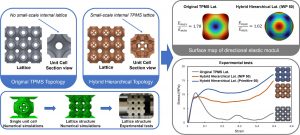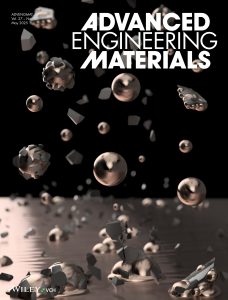We are happy to share the most recent publication from Archès Lab in Atomistic understanding of physic behind the Cold Spray of Graphene-Ni nanocomposite powders:
“Exploring the bonding mechanism in cold spray deposition of engineered graphene nanoplates-Ni nanocomposite powder“
Graphene’s excellent properties make it an ideal reinforcement for Metal Matrix Composites (MMCs), enhancing strength, elasticity, and thermal conductivity. Traditional manufacturing methods like powder metallurgy and additive manufacturing require high temperatures, risking damage to graphene. Cold spray (CS) offers a promising alternative, operating at low temperatures to deposit composites with minimal oxidation and particle coarsening, resulting in improved wear resistance and friction properties. However, the bonding mechanisms between graphene nanoplatelets (GNPs) and the metal matrix, as well as the effects of GNP content and particle velocity, are not fully understood. Molecular dynamics (MD) simulations, by examining the processes at the atomic level, can provide crucial insights into these interactions, making them a powerful tool for optimizing CS-based GNP-MMC production.
This study employs molecular dynamics simulations to examine the cold spray process of a single graphene-Ni composite powder particle impacting a Ni substrate, with the aim of gaining deeper insights into the underlying bonding mechanisms of such materials. The effect of impact velocity on deposition is investigated by testing velocities ranging from 300 to 1500 m/s, focusing on common cold spray phenomena such as bounce-off and plastic deformation. Furthermore, the research explores the impact of varying graphene content on the metal-metal bonding phenomenon, enhancing the practical relevance of the study. As a further advancement, microstructural changes during the plastic deformation of composite powders are monitored through particle-on-particle deposition simulations.




